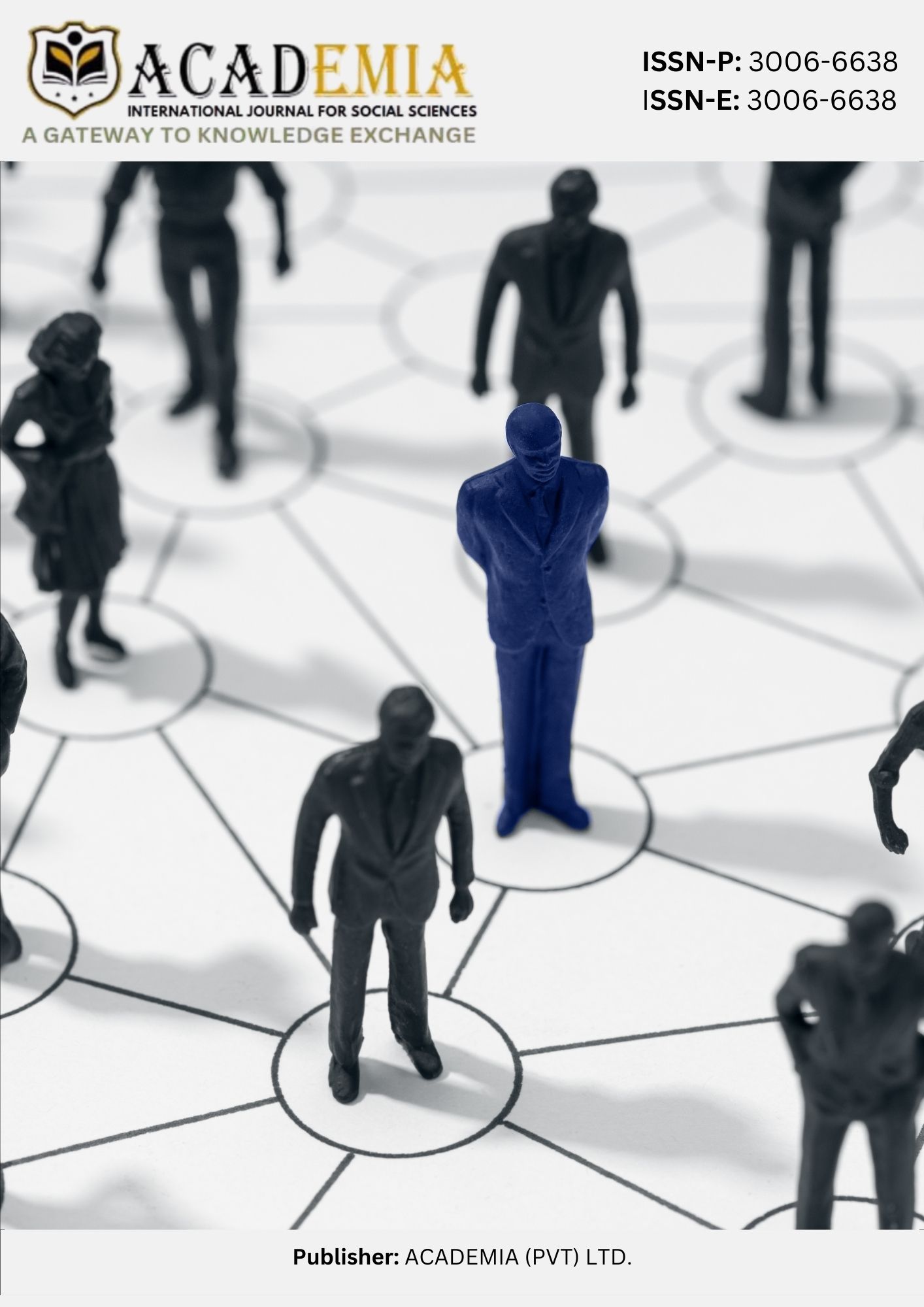From Incarceration to Integration: Rehabilitation Pathways for Sustainable Reintegration
DOI:
https://doi.org/10.63056/ACAD.004.03.0630Keywords:
Recidivism Reduction , Prison Rehabilitation , Vocational Training in Prisons , Sustainable Reintegration , Criminal Justice Reform in Pakistan , Comparative Correctional ModelsAbstract
Recidivism—the tendency of previously incarcerated people to reoffend— remains one of the most urgent challenges for criminal justice systems worldwide. In Pakistan, this assignment is mainly acute because of intense overcrowding, old punitive approaches, and constrained get right of entry to to established rehabilitation or reintegration projects. Prisons in Pakistan mainly function as holding facilities, with limited opportunities for education, vocational training, or psychosocial rehabilitation needed for effective reintegration into society. In contrast, worldwide studies from the United States, United Kingdom, and European Union display the transformative ability of rehabilitation-primarily based totally models. The U.S. “Second Chance Act” has funded lots of applications providing vocational training, mentoring, and education, with research inclusive of RAND (2013) showing a 43% reduction in reoffending among participants. In the U.K., the Offender Learning and Skills Service (OLASS) and network probation tasks have yielded promising discounts in reoffending, at the same time as in Norway, the “normalization principle” embedded in centers together with Halden Prison has helped obtain a number of the bottom recidivism costs globally (around 20%). This observes examines Pakistan’s contemporary correctional framework, identifies structural and cultural obstacles to powerful rehabilitation, and compares it with worldwide models. Through qualitative evaluation of policies, secondary data, and worldwide quality practices, it explores sustainable reintegration pathways that Pakistan can adopt. The look at argues that by shifting from a punitive to a rehabilitative model — anchored in vocational training, education, and network reintegration—Pakistan can wreck the cycle of reoffending and make contributions to safer, greater resilient societies.
Downloads
Published
Issue
Section
License
Copyright (c) 2025 Dr. Hassan Khan (Author)

This work is licensed under a Creative Commons Attribution 4.0 International License.












